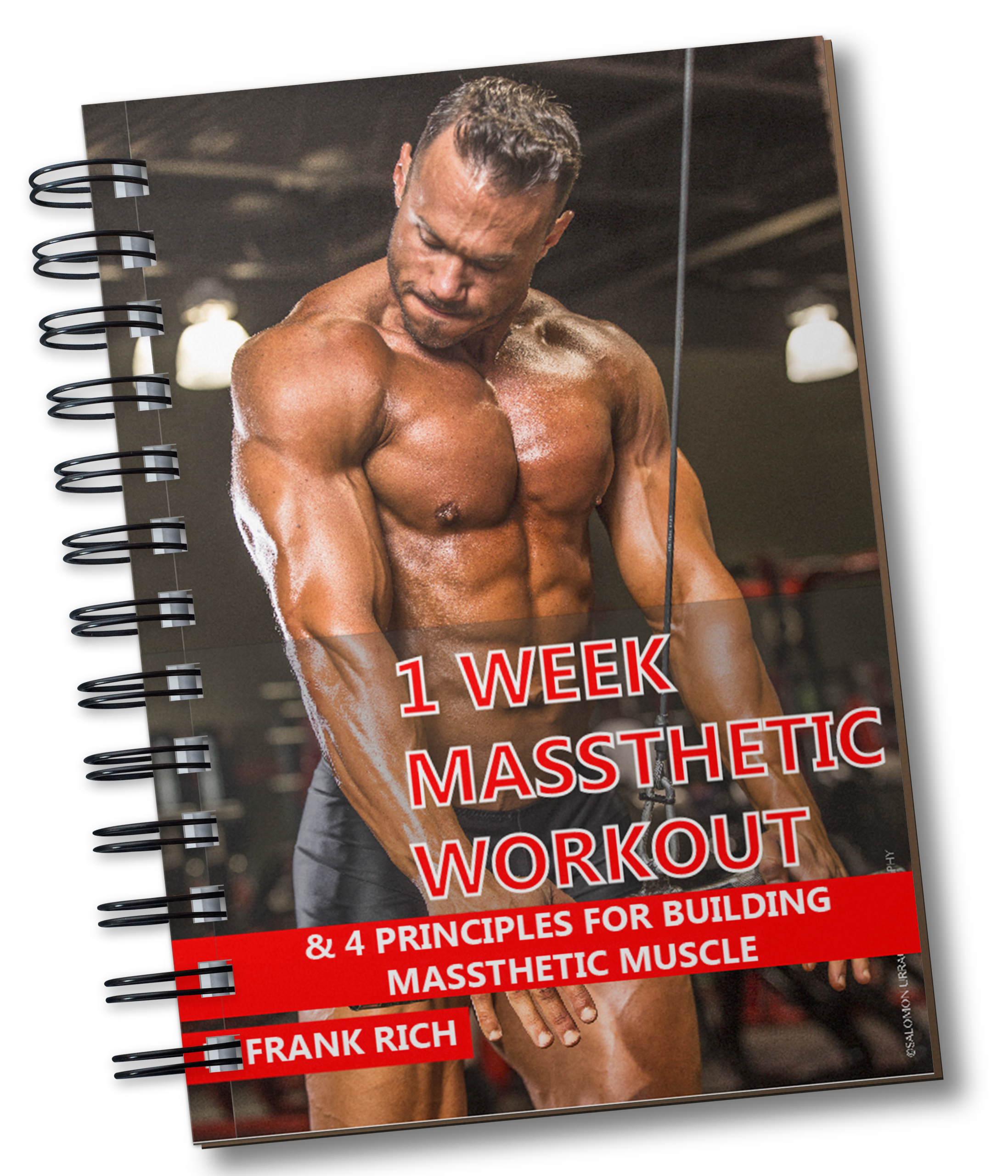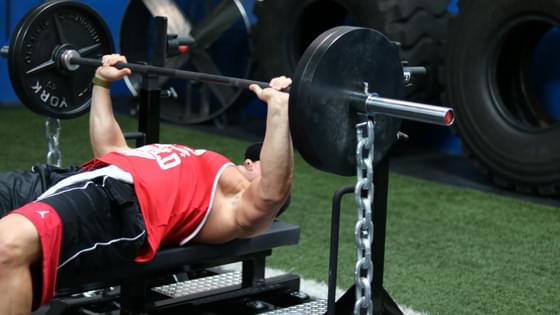
The Intermittent Fasting Guide To Building Muscle
Written by Frank Rich on October 8, 2019
In today’s age, fad diets are constantly rising and falling. If you’re like the majority of people out there, you probably want to figure out how to eat to get ripped while still avoiding meals that are barely enough to fill a toddler’s stomach.
You’ve probably heard about intermittent fasting and I’m sure you’re wondering why anyone would buy into a program that doesn’t allow them to eat for most of the day if they’re trying to gain muscle.
After all, you have to eat all the time to get big, right?
Not necessarily. Let’s set the record straight.
Starting with the basics, muscle is built by using the SAID Principle. In case you need a refresher, SAID stands for Specific Adaptations to Imposed Demands. Therefore, lifting things up and putting them down will indeed help you build muscle, matter how you do it. (1)

Secondly, it is important to plan out weight training sessions carefully to ensure that there is enough in the tank to get through the workout and that there will be a chance to refuel after. If gaining muscle is the top priority, it is essential that enough food is consumed prior to lifting to fuel the entire session. If not, less weight will be moved for less reps, meaning that the imposed demand we talked about earlier will be less significant with less significant results to show. (2)
A poorly understood aspect of weight training is a concept called “The Golden Hour.” While it’s not exactly 60 minutes, this period refers to the 1.5-2 hours post-workout that are critical to refueling properly, allowing you to recover and get back at it the following day.
During this time period, glycogen restoration is essential for helping tissues to recover quickly. Since we drain our energy stores during training, restoring properly prevents our body from breaking down muscular gains to sustain energy levels. This is done through the consumption of good sources of carbs, such as whole grain and wheat products. (2)
In addition to the focus on glycogen restoration during this period, protein synthesis is at its best immediately post-workout. Refueling with protein during this time is essential to promote muscle growth at maximal individual levels.

All Your Information is Protected When You Sign Up
FB Comments Will Be Here (placeholder)
About Author: Frank Rich

Frank Rich is an online fitness entrepreneur, fitness author, certified trainer & nutrition coach, and bodybuilder. He has close to 2 decades of training experience himself, and has helped thousands of men around the world build muscle, lose fat, and transform their lives. Frank has dedicated himself to helping 100,000 men build what he defines as a MASSTHETIC PHYSIQUE.
Free 7-Day Workout

ADD 1 INCH TO YOUR ARMS IN JUST 30 DAYS

Follow @frankrich_fitness on Instagram
CUSTOM JAVASCRIPT / HTML
CUSTOM JAVASCRIPT / HTML
CUSTOM JAVASCRIPT / HTML
Related Articles

12 Principles Of Progressive Overload
Unless you are completely new to resistance training and the idea of building muscle, then you have definitely heard the following statement before... [Read More]

Why You SHOULD Train 2 Days In A Row
So here we are, it’s a new week and you’re ready to get back into the routine of hitting the gym, either first thing in the morning or after a long work day. [Read More]

The Curse Of NOW
Time is an asset, maybe our greatest asset, as we can never get it back, so we need to pay close attention to how we either invest or spend our time. [Read More]
Copyright © 2018. Frank Rich Fitness. All Rights Reserved.



